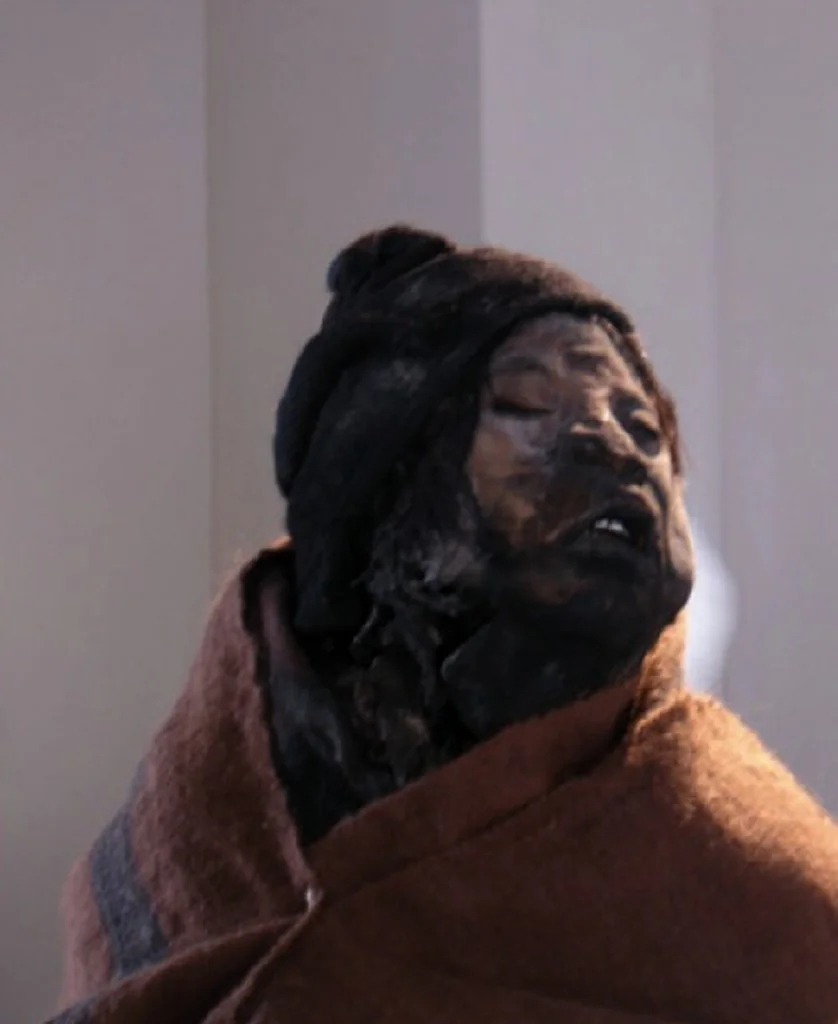La Doncella (the Maiden plosone
New method less prone to contamination, provides further insight into immune response
A 500-year-old frozen Incan mummy suffered from a bacterial lung infection at the time of its death, as revealed by a novel proteomics method that shows evidence of an active pathogenic infection in an ancient sample for the first time. The full report is published July 25 in the open access journal PLoS ONE.

Detecting diseases in ancient remains is often fraught with difficulty, especially because of contamination. Techniques based on microbe DNA can easily be confused by environmental contamination, and they can only confirm that the pathogen was present, not that the person was infected, but the researchers behind the study, led by Angelique Corthals of the John Jay College of Criminal Justice, City University of New York, found a way around this problem. They used proteomics, focusing on protein rather than DNA remains, to profile immune system response from degraded samples taken from 500 year-old mummies.
The team swabbed the lips of two Andean Inca mummies, buried at 22,000-feet elevation and originally discovered in 1999, and compared the proteins they found to large databases of the human genome. They found that the protein profile from the mummy of a 15-year old girl, called “The Maiden,” was similar to that of chronic respiratory infection patients, and the analysis of the DNA showed the presence of probably pathogenic bacteria in the genus Mycobacterium, responsible for upper respiratory tract infections and tuberculosis. In addition, X-rays of the lungs of the Maiden showed signs of lung infection at the time of death. Proteomics, DNA, and x-rays from another mummy found together with the Maiden did not show signs of respiratory infection.
“Pathogen detection in ancient tissues isn’t new, but until now it’s been impossible to say whether the infectious agent was latent or active,” says Corthals. “Our technique opens a new door to solving some of history’s biggest mysteries, such as the reasons why the flu of 1918 was so devastating. It will also enhance our understanding of our future’s greatest threats, such as the emergence of new infectious agents or re-emergence of known infectious diseases.”
“Our study is the first of its kind since rather than looking for the pathogen, which is notoriously difficult to do in historical samples, we are looking at the immune system protein profile of the “patient”, which more accurately tells us that there was indeed an infection at the time of death.” or “Our study opens the door to solving many historical and current biomedical and forensic mysteries, from understanding why the plague of 1918 was so lethal, to finding out which pathogen is responsible for death in cases of multiple infections.”
Full online article available : Click Here
Contributing Source: Public Library of Science
HeritageDaily : Archaeology News : Archaeology Press Releases






